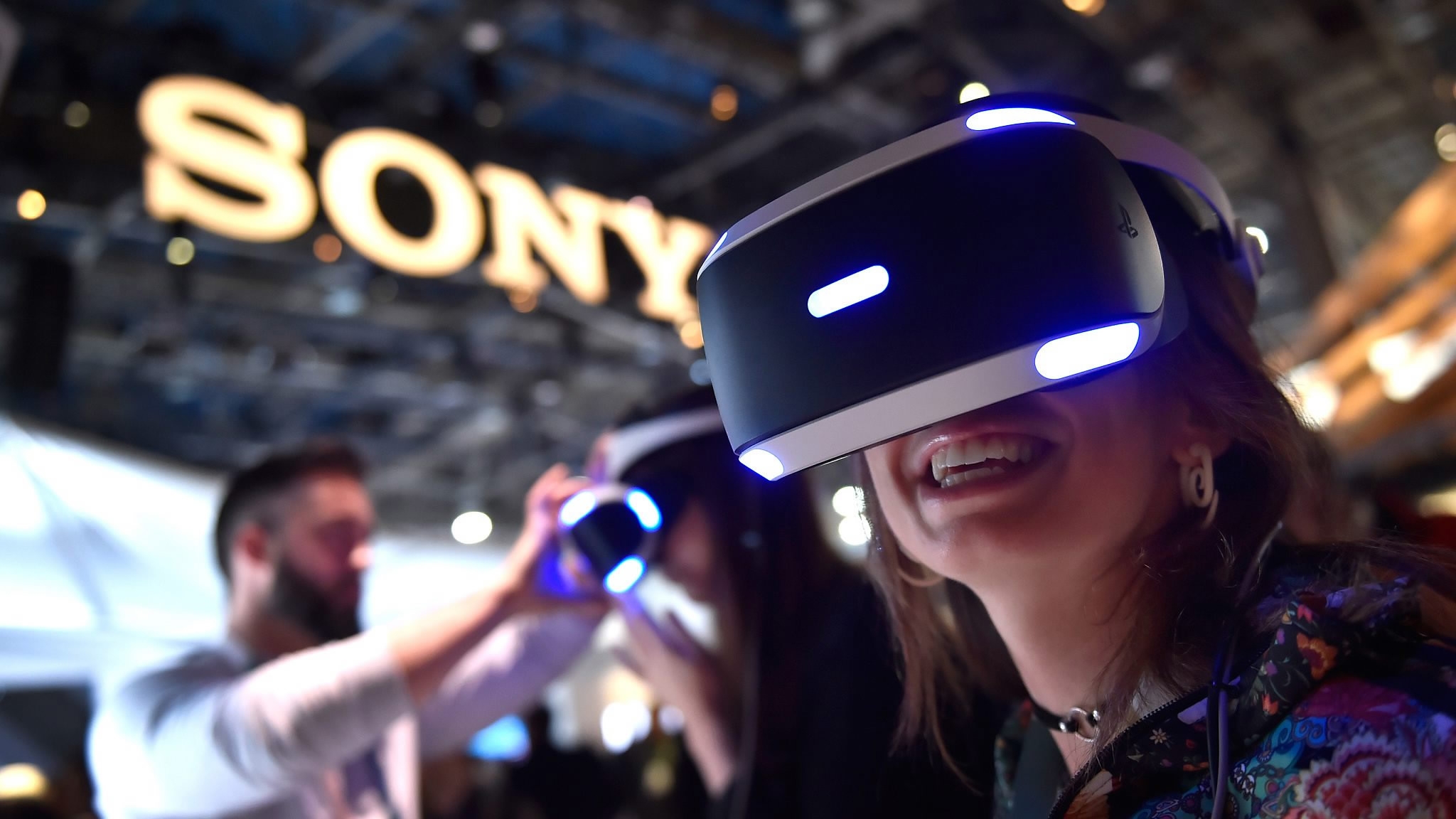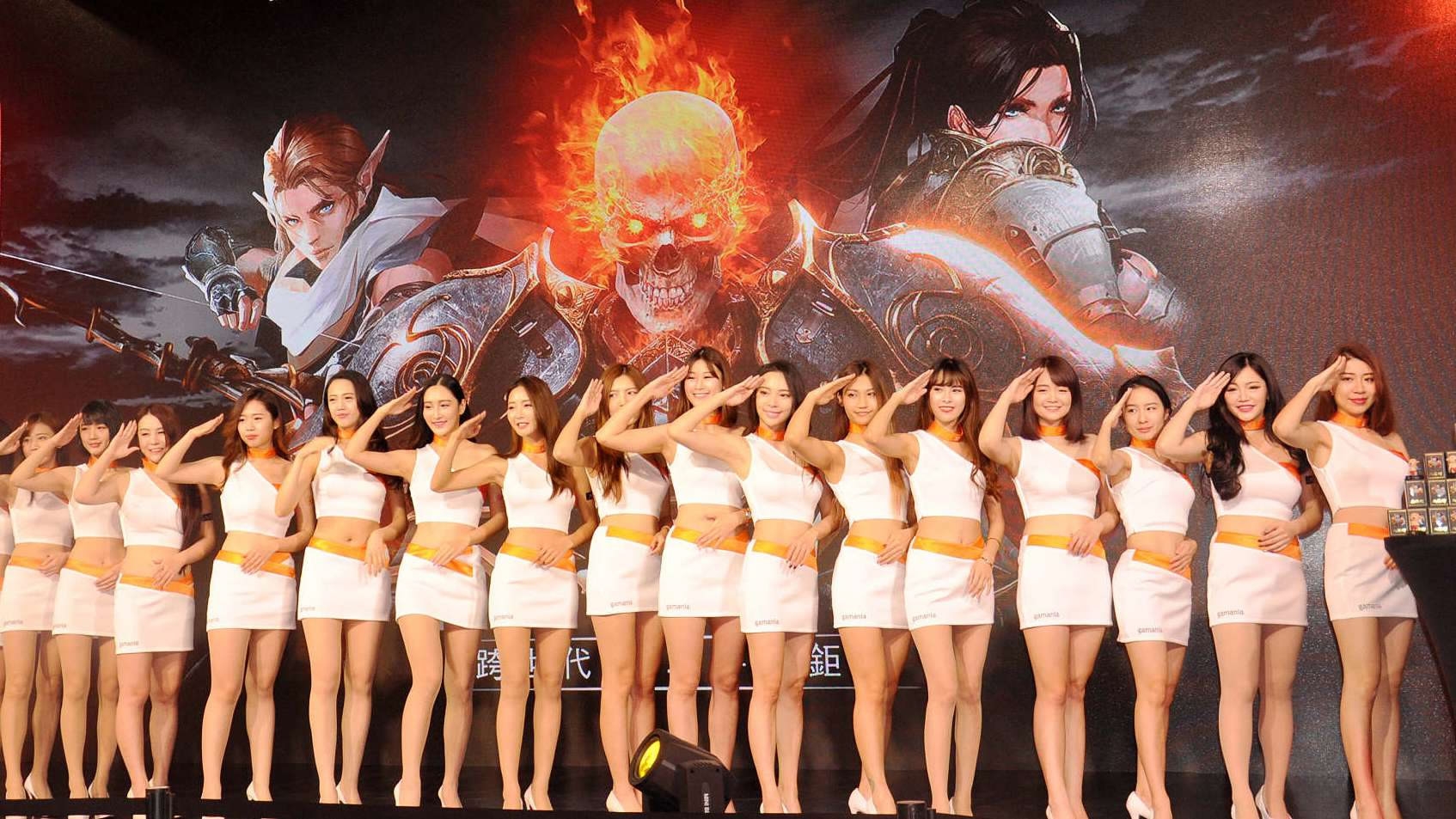
Tech & Sci
15:55, 27-Jan-2018
AR and VR technologies blend in Mixed Reality at Taipei Game Show
CGTN

VR or AR? Well, that was the question at the Taiwan Game Show in Taipei, held on Jan. 25 and 26.
For those who need to catch up on all this tech lingo, virtual reality (VR) immerses you in a digital world such as with an Oculus headset, while augmented reality (AR) projects digital images onto real life scenes viewed through a screen such as with Google Glass.
Microsoft wants the best of both by developing tech known as “Mixed Reality,” which allows digital objects to interact with your surrounding environment. The tech giant dipped its toes in this area with HoloLens two years ago, but is now trying to broaden its strategy by working with PC makers. At the show, HTC showcased a Vive Pro headset along with a pair of Microsoft's WMR (Windows Mixed Reality) controllers.

Showgirls at Taiwan Game Show /VCG Photo
Showgirls at Taiwan Game Show /VCG Photo
Raymond Pao, VP at HTC's Product and Strategy, said that user experience is the most important thing. “Since the second half of last year, AR and MR are getting very hot from the media side. And from the technology point of view, we think that lots of technologies are similar across all of them. 3D modeling and position tracking, all these technologies are similar.”
Pao, however, foresees that these distinctions will eventually disappear. “The difference is mainly how you present the visualizing. For me, I think in the long term, AR, VR, MR at a certain day will merge together. The technology is similar, and the user does not need to know whether it is AR, VR or MR. They just enjoy the experiences."
These immersive technologies can also have practical applications, such as for training doctors. Visitor Catherine Fang tried out new software using WMR controllers and HTC Vive Pro VR goggle, which allowed her to see the organs and muscles of a virtual cadaver.
"When I dissect a real cadaver, and I accidentally break a nerve, or when I flip a muscle over and could not put it back correctly, then I won't be able to repeatedly learn how the muscle was connected on both ends. But with this software, I am allowed to repeat what I do on the cadaver," she explained.

SITEMAP
Copyright © 2018 CGTN. Beijing ICP prepared NO.16065310-3
Copyright © 2018 CGTN. Beijing ICP prepared NO.16065310-3